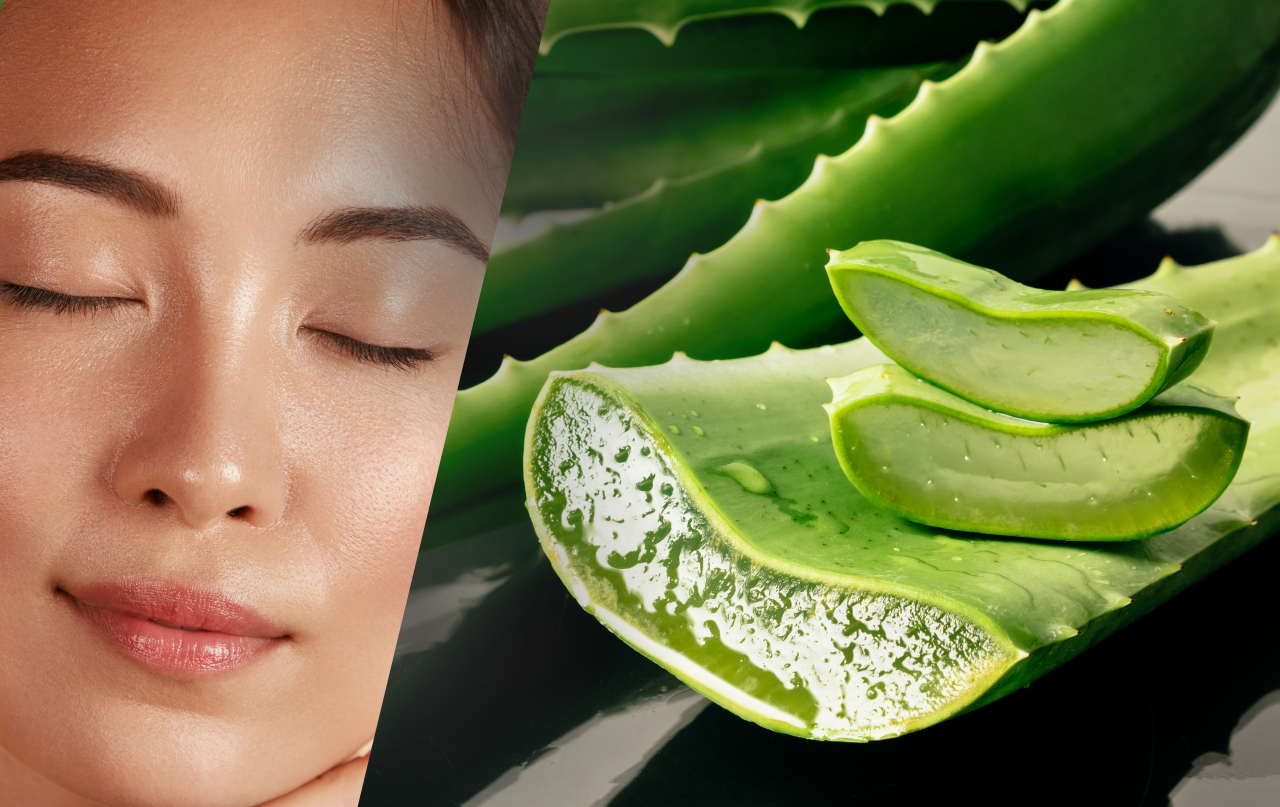Do you often overlook the humble bay leaves while cooking? You might be surprised to learn that bay leaves offer more than just a subtle flavor and aroma to your culinary creations.
These aromatic leaves possess numerous health benefits that can significantly contribute to your overall well-being. Let’s explore the incredible ways in which bay leaves can improve your health.
Brief history and culinary use
Bay leaves hold a rich historical significance, dating back to ancient times. They were highly esteemed by the Greeks and Romans, who considered them symbols of wisdom, protection, and peace. In the culinary world, bay leaves are renowned for adding depth and complexity to soups, stews, and sauces.
Nutritional Value of Bay Leaves
Despite their simple appearance, bay leaves are incredibly nutritious. These leaves include a range of micronutrients, including vitamins A, C, and B6, calcium, iron, and manganese, in addition to key macronutrients like carbs, proteins, and fatty compounds.
Health benefits of Bay Leaves
1.Digestive health
Bay leaves have been traditionally used to promote digestion and alleviate digestive issues. They possess natural compounds that stimulate the production of digestive enzymes, facilitating the breakdown of food and easing discomfort.
2.Respiratory health
The aromatic compounds found in bay leaves can provide relief from respiratory conditions such as coughs, colds, and congestion. Inhaling the steam of bay leaf-infused water or using bay leaf essential oil can help soothe the respiratory system and promote clearer breathing.
3.Anti-inflammatory properties
Bay leaves contain potent anti-inflammatory compounds, including eugenol and parthenolide. These compounds have been shown to reduce inflammation and provide relief from conditions such as arthritis and gout.
4.Diabetes management
Research suggests that bay leaves may help regulate blood sugar levels. Certain compounds in bay leaves, such as polyphenols and flavonoids, have shown potential in improving insulin sensitivity and controlling glucose levels. Incorporating bay leaves into your diet may be a natural and flavorful way to support diabetes management.
5.Heart health
Taking care of your heart is crucial for overall well-being. Bay leaves have been associated with cardiovascular benefits due to their antioxidant properties. These antioxidants help combat oxidative stress and reduce the risk of heart disease by preventing the buildup of harmful cholesterol.
6.Stress relief
In our fast-paced lives, finding ways to manage stress is essential. The soothing aroma of bay leaves can have a calming effect on the mind and body. Burning bay leaf incense or using bay leaf essential oil in aromatherapy can help promote relaxation, reduce anxiety, and enhance overall mental well-being.
7.Antimicrobial properties
Bay leaves possess antimicrobial properties, making them a valuable addition to your health regimen. They have been used traditionally to treat bacterial and fungal infections. Additionally, bay leaf extracts have demonstrated antibacterial and antifungal activity against various strains, making them a natural alternative for maintaining hygiene and preventing infections.
How to Use Bay Leaves
Culinary applications
Bay leaves are most commonly used in cooking to add a subtle, earthy flavor to dishes. They are often added to soups, stews, sauces, and marinades during the cooking process to infuse their unique essence. Remember to remove the bay leaves before serving, as they are not meant to be eaten.
Aromatherapy and essential oils
Harnessing the aromatic benefits of bay leaves is possible through aromatherapy. You can use bay leaf essential oil in diffusers or add a few drops to a warm bath to create a calming and uplifting atmosphere. The invigorating scent of bay leaves can help alleviate stress, anxiety, and fatigue.
Herbal teas and infusions
Steeping dried bay leaves in hot water can create a delightful herbal tea with numerous health benefits. This tea may aid in digestion, promote relaxation, and provide relief from respiratory ailments. Simply add a few dried bay leaves to boiling water, let it steep for 5-10 minutes, and enjoy the comforting infusion.
Supplements
There are several methods to take bay leaves, including as a supplement. Some supplements, which can be swallowed as pills, are made from dried and powdered bay leaves. Others could be created using bay leaves extract, a concentrated version of the active chemicals in bay leaves.
These supplements could be more effective than utilising entire bay leaves, but it’s important to understand that their quality and effectiveness can vary significantly, so it’s necessary to read the label and buy from reputable companies.
Note: The information provided in this article is for informational purposes only and does not constitute medical advice. Always consult with a healthcare professional before making any changes to your diet or lifestyle.
How to Make Bay Leaves Tea
Ingredients:
2-3 fresh or dried bay leaves
8 ounces of water
honey or sugar (optional)
Directions:
1.Bring water to a boil in a small pot or kettle.
2.Add the bay leaves to the water and let it steep for 5-10 minutes.
3.Remove the bay leaves from the water and discard them.
4.If desired, add honey or sugar to sweeten the tea.
5.Enjoy your bay leaf tea while it is still warm.
This recipe makes one cup of bay leaf tea. You can add more bay leaves if you prefer a stronger flavor, or less if you prefer a more subtle taste. Some people also like to add other herbs or spices to the tea for added flavor, such as cinnamon, ginger, or lemon.
Safety Precautions
While bay leaves are generally safe for consumption, it’s important to exercise caution and be aware of potential allergies or side effects. Some individuals may experience allergic reactions, so it’s advisable to start with a small amount if you’re trying bay leaves for the first time.
If you’re pregnant, nursing, or have any underlying health conditions, it’s best to consult your healthcare provider before incorporating bay leaves into your diet.
Conclusion
Incorporating bay leaves into your daily life can go beyond enhancing the flavor of your meals. These unassuming leaves possess remarkable health benefits, from aiding digestion and promoting respiratory health to reducing inflammation and supporting heart health.
So, don’t overlook the power of bay leaves and explore their potential for improving your overall well-being.
In this video, we go over additional health benefits and how to use bay leaves.
FAQ
Are bay leaves safe for consumption?
- Yes, bay leaves are generally safe for consumption. However, some individuals may have allergies or sensitivities to bay leaves. It’s recommended to start with a small amount and observe any adverse reactions. If you have any concerns or known allergies, consult with a healthcare professional before incorporating bay leaves into your diet.
Can bay leaves aid in weight loss?
- While bay leaves alone cannot cause significant weight loss, they can be a supportive element in a well-rounded weight management plan. Their ability to aid digestion and regulate blood sugar levels can indirectly contribute to maintaining a healthy weight. However, it’s important to focus on a balanced diet and regular exercise for sustainable weight loss.
How can I use bay leaves for respiratory health?
- To benefit from bay leaves’ respiratory properties, you can create a steam inhalation by adding a few bay leaves to a bowl of hot water, covering your head with a towel, and inhaling the steam. You can also use bay leaf essential oil in a diffuser or combine it with carrier oils for a chest rub. Remember to use essential oils responsibly and dilute them properly before topical use.
Are there any alternatives to bay leaves?
- While bay leaves have their unique flavor and health benefits, there are some alternatives you can explore. Some herbs and spices like thyme, oregano, and rosemary can provide similar flavor profiles and potential health benefits. However, each alternative may have its own distinct properties, so it’s worth experimenting and finding the right fit for your culinary and health needs.
Can I grow my own bay leaves at home?
- Yes, you can grow your own bay leaves at home if you have the right conditions. Bay laurel trees can be cultivated in containers or planted in well-drained soil in a sunny spot. They require regular watering and protection from extreme temperatures. Growing your own bay leaves can be a rewarding experience, providing you with a fresh supply of leaves to enhance your culinary creations and enjoy their health benefits.







